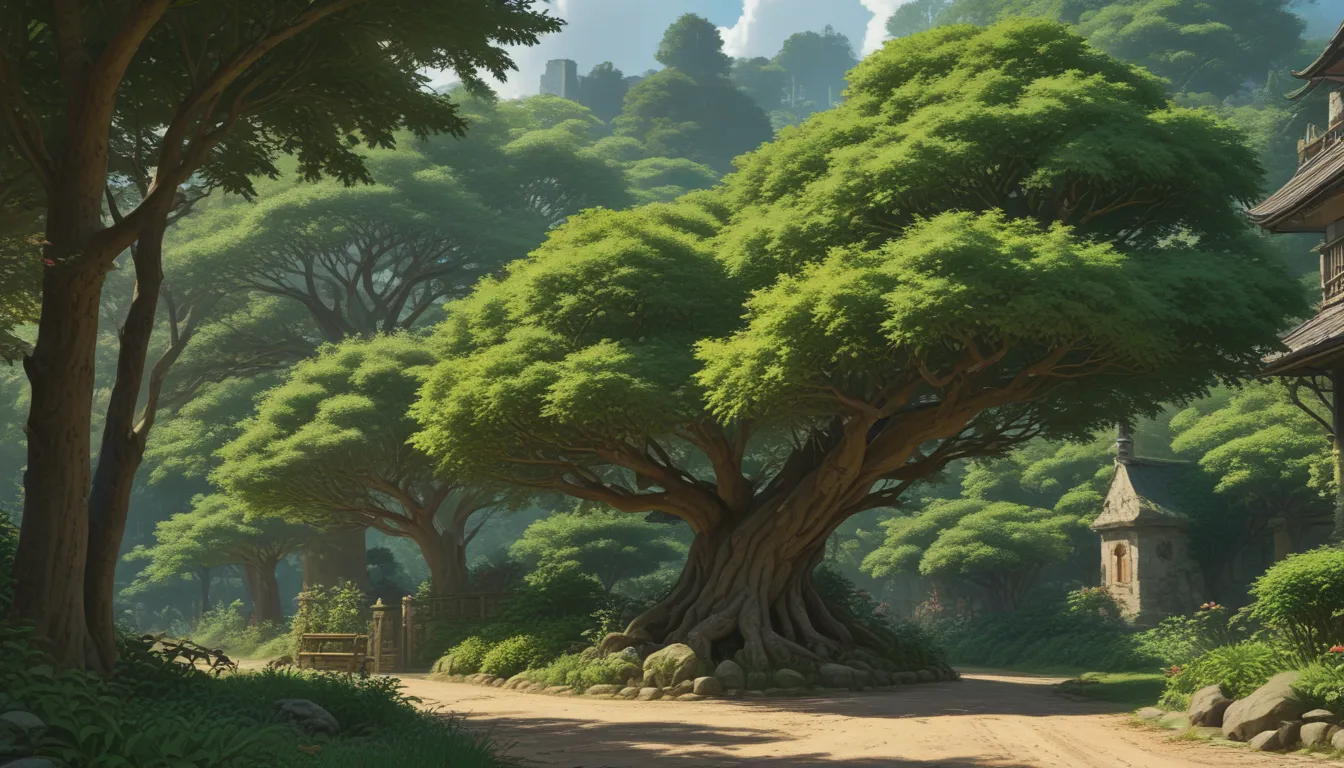Comprehensive Guide to Growing and Caring for Cherry Laurel Shrubs

Do you find yourself drawn to the lush, vibrant appeal of cherry laurel shrubs in your landscape design dreams? If so, you’re not alone – the glossy green broadleaf foliage, adorned with striking white flowers and ornamental fruits, creates a stunning visual spectacle. While these evergreen shrubs offer year-round beauty and attract wildlife, they also bring cultural toughness to the mix, making them a delightful addition to any garden.
What You’ll Learn
Let’s delve into the fascinating world of cherry laurel shrubs, exploring their origins, propagation methods, growing tips, and more. Here’s what we’ll be discussing in this detailed guide:
- What Are Cherry Laurel Shrubs?
- Cultivation and History
- Propagation
- How to Grow
- Growing Tips
- Pruning and Maintenance
- Cultivars to Select
- Managing Pests and Disease
- Best Uses
- Quick Reference Growing Guide
What Are Cherry Laurel Shrubs?
A member of the Rosaceae family, Prunus laurocerasus is native to southeastern Europe and Asia Minor. These stunning evergreen shrubs typically reach heights of 10 to 20 feet, with glossy green foliage and white flower clusters in spring. The fragrant blooms attract insect pollinators, transforming your garden into a buzzing haven.
Though the ornamental fruits may catch your eye, it’s essential to note that all parts of the cherry laurel shrub, especially the leaves and seeds, contain cyanogenic glycosides and are not edible. As such, exercise caution and avoid ingestion to prevent possible health complications.
Cultivation and History
Unveiling the botanical origins of the cherry laurel shrub sheds light on its Latin name, which translates to “cherry laurel.” This exquisite plant remained mostly unknown until the 16th century when it made its debut in Northern Europe, accompanied by a surge in popularity for ornamental landscaping purposes.
Despite its charming allure, the cherry laurel shrub exhibits invasive tendencies, warranting a cautious approach in regions like the Pacific Northwest. Through careful monitoring and adherence to local regulations, you can enjoy the beauty of these shrubs without compromising native species.
Cherry Laurel Propagation
Do you aspire to propagate cherry laurel shrubs in your garden? Embark on this journey through seed collection, cuttings, or transplanting:
From Seed:
– Collect ripe fruits in fall and soak seeds in water for scarification.
– Refrigerate seeds in moist sand before sowing in a peat moss and perlite mix.
From Cuttings:
– Take summer cuttings with rooting hormone and propagate in a peat moss and sand mix.
– Transplant rooted cuttings for flourishing clones of the parent plant.
From Seedlings/Transplanting:
– Prepare well-draining soil with a balanced pH range.
– Establish young plants in their forever homes with adequate spacing and organic matter additions.
How to Grow Cherry Laurel Shrubs
Now that your cherry laurel shrubs are flourishing in your garden, follow these growing tips to ensure their continued vitality:
- Climate and Exposure Needs: Offer full sun to full shade exposure based on USDA Hardiness Zones.
- Soil Needs: Opt for fertile, well-draining soil with a pH range of 5.0 to 7.0.
- Water and Fertilizer Needs: Maintain constant soil moisture and provide springtime fertilizer for optimal growth.
Pruning and Maintenance
While the evergreen leaves of cherry laurel shrubs don’t undergo a seasonal color change, their regular leaf shedding necessitates proper maintenance. Prune dead or diseased branches alongside maintaining a layer of mulch to retain moisture and suppress weed growth. Explore various pruning styles to shape your shrubs to your desired aesthetic, ensuring they remain healthy and vibrant.
Cherry Laurel Cultivars to Select
While the standard Prunus laurocerasus variety is enchanting in its own right, exploring cultivars like Otto Luyken, Schipkaensis, and Zabeliana unveils unique characteristics and versatile growth habits. Embrace the diversity of cherry laurel cultivars to enhance your garden’s visual appeal and biodiversity.
Managing Pests and Disease
Though cherry laurel shrubs are relatively resistant to pests and diseases, educating yourself on potential threats like Peach Tree Borers and White Prunicola Scale equips you with essential knowledge for effective pest management. A proactive approach to plant health and regular monitoring ensure your cherry laurel shrubs thrive and endure any challenges nature may present.
Cherry Laurel Best Uses
With their dense foliage, striking blooms, and ornamental fruits, cherry laurel shrubs serve as versatile landscaping elements suitable for screens, hedges, foundation plantings, and wildlife attractions. Embrace the multifaceted beauty of these shrubs in your garden design to create a harmonious and vibrant outdoor space.
Quick Reference Growing Guide
This comprehensive growing guide offers a quick overview of cherry laurel shrubs, encompassing essential details such as plant type, native habitat, bloom time, and maintenance requirements. Use this concise reference as a handy tool to enrich your gardening journey and foster your cherry laurel shrubs’ growth and well-being.
Embark on your cherry laurel journey with confidence, armed with the knowledge and tips provided in this comprehensive guide. Enjoy the beauty and resilience of these evergreen shrubs in your garden, creating a vibrant and captivating outdoor oasis for both you and nature to relish.
For further insights and guidance on horticultural endeavors, explore our additional resources and stay attuned to the ongoing conversation. Let your garden thrive with the radiance and vitality of cherry laurel shrubs, enhancing your outdoor living experience and connecting you with the beauty of nature. Happy gardening!





